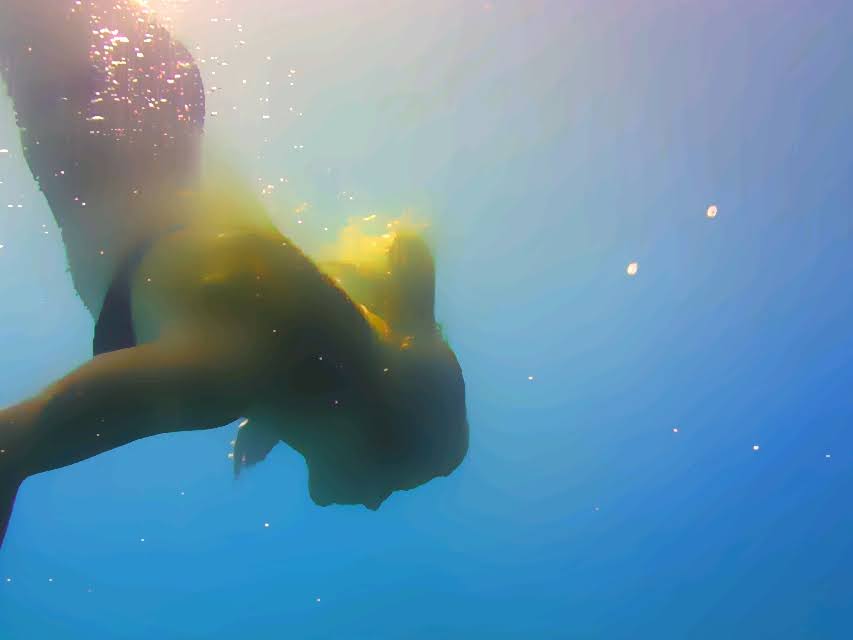
Primary goals
Aquawareness strives to improve water safety and swimming proficiency, while also nurturing a profound connection with water through mindful practices and sensory experiences.
Its primary goals include improving body/water awareness, promoting relaxation, rediscovering sensations of being in water, and enhancing mental presence.
Additionally, it emphasizes individual empowerment and responsibility in aquatic environments, focusing on personal safety and the ability to assist others in emergencies[2][3][6].
This holistic approach contrasts with traditional swimming techniques by prioritizing personal exploration over competitive performance[3]
[1] https://www.aquawareness.net/reasons/
[2] https://www.aquawareness.net/routes-trails-horizons/
[3] https://www.fuorimag.it/how-does-aquawareness-differ-from-traditional-swimming-techniques/
[6] https://www.fuorimag.it/aquawareness-targets/?print=pdf
Aquawareness and traditional swimming techniques differ fundamentally in their approach and philosophy:
- Mindfulness vs. Performance: Aquawareness emphasizes a meditative experience, fostering awareness of both body and water, while traditional techniques focus on competitive performance and efficiency[1].
- Deconstruction of Skills: Aquawareness encourages forgetting complex motor skills to reconnect with natural instincts, contrasting with the structured learning of specific strokes in traditional methods[1][3].
- Practice Phases: Aquawareness includes receptive (mindfulness) and active phases for deeper engagement, whereas traditional swimming is often goal-oriented, emphasizing lap completion and speed[1][3].
This holistic approach allows for personal exploration over mechanical execution.
[1] https://www.fuorimag.it/how-does-aquawareness-differ-from-traditional-swimming-techniques/
[3] https://www.aquawareness.net/aquawareness/
[5] https://www.fuorimag.it/how-does-aquawareness-differ-from-traditional-swimming-lessons/?print=print
What role does mindfulness play in the practice of aquawareness
Mindfulness plays a crucial role in Aquawareness by fostering a deep connection between the individual and the water. It transforms swimming into a meditative experience, enhancing self-awareness and mental clarity. This practice encourages swimmers to focus on their breathing, body movements, and sensations in the water, promoting relaxation and reducing stress. By cultivating a mindful presence, participants can better explore their aquatic environment, leading to improved skills and confidence in the water. Ultimately, mindfulness in Aquawareness supports personal growth and a more profound understanding of one’s relationship with water[1][2].
[1] https://www.aquawareness.net/reasons/
[2] https://www.fuorimag.it/category/aquawareness/?print=pdf-searc
[5] https://www.fuorimag.it/aquawareness-vs-traditional-meditation/?print=print
Aquawareness and traditional meditation practices differ in several key aspects:
- Engagement with Environment: Aquawareness integrates physical movement in water, promoting mindfulness through sensory experiences. Traditional meditation typically emphasizes stillness and introspection, focusing on breath control and mental discipline[1][2].
- Mechanisms of Clarity: Aquawareness enhances mental clarity through active engagement with water, stimulating attention and relaxation. In contrast, traditional meditation reduces activity in the Default Mode Network (DMN) to diminish mind-wandering and enhance cognitive control[1].
- Experience of Movement vs. Stillness: Aquawareness transforms basic swimming into a meditative experience, while traditional practices often involve sitting or lying still, fostering an internal focus rather than an external one[2].
[1] https://www.fuorimag.it/aquawareness-vs-traditional-meditation/
[2] https://www.fuorimag.it/aquawareness-approach-and-traditional-meditation-practices/

